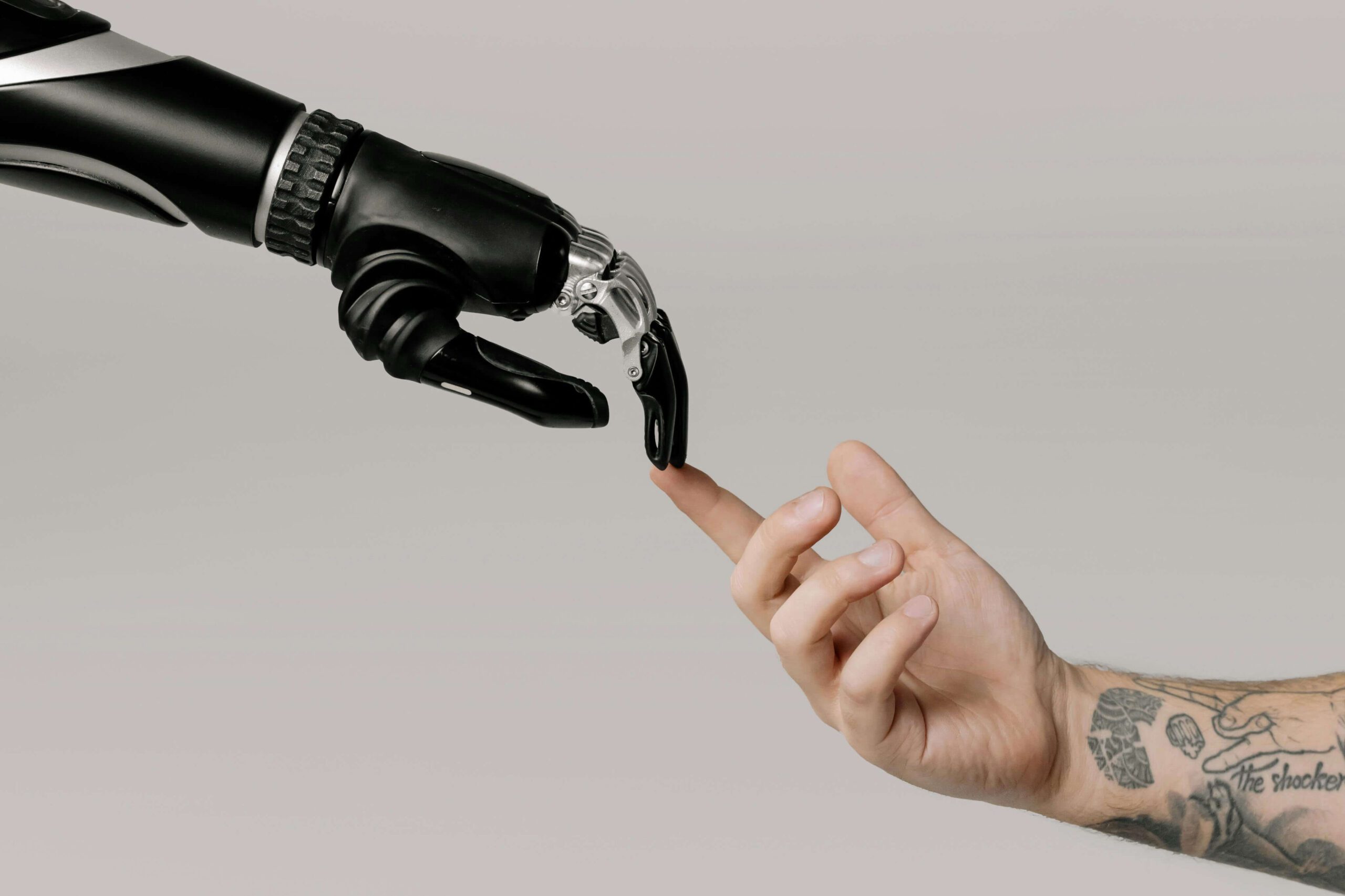How To Create AI Videos That Complement Your Content

Although most people are now familiar with the concept of using GenAI tools like ChatGPT and Midjourney to create written content and images respectively, the rise of AI video generation hasn’t had quite the same impact in the mainstream. And there’s a good reason for that.
Historically, AI-generated video just…wasn’t very good. In a previous post, for example, we mentioned the now infamous GenAI video of Will Smith eating spaghetti. In 2024, that’s no longer the case – some modern AI videos are barely discernible from reality.
We know, thanks to The Buggles, video killed the radio star. Is AI poised to kill the video star?
Below we’ll be looking at some recent developments in content to video conversion, a few use cases of video generation tools, and exploring how you can amplify your message with AI video.
AI Video Creation (Beyond Sora)
Perhaps the most lauded tool for content to video conversion is OpenAI’s Sora, a tool from the creators of ChatGPT. Sora is capable of creating realistic videos from text prompts and/or photos, and examples of it in action are very impressive. At the time of writing, however, public access to Sora is extremely limited.
Other tools like Pika Labs and Runway, however, are more widely available. The latter of these even has a basic plan that lets you experiment for free…albeit only in 4 second increments. The big question is: are text to video tools like these suitable for supporting your content?
Although these tools put out some fascinating results, they still struggles with faces and hands sometimes. And their output often has a fluid quality, rendering it almost dreamlike. Great for trippy liminal shorts, but probably less so for use in a professional or corporate context.
These tools do have Professional and Enterprise plans, suggesting optimism that their offerings will expand rapidly, but their applications in a business context feel limited for the time being. Of course, we’re so used to rapid change in the AI space that this may not be the case for long.
Video Generation Tools – Another You?
Don’t enjoy being in front of the camera? AI video creation might just be the perfect solution. With tools like HeyGen, you can create video content using AI avatar and voices. And tons of YouTubers are already experimenting with “cloning” themselves using this technology.
WSJ’s Joanna Stern used Synthesia and Eleven Labs to clone herself, challenging her AI clone to replace her for 24 hours. The results were mixed, with both Stern’s friends and her audience finding the content a little stilted and awkward, but Stern observes: “Love that I didn’t have to shoot this, didn’t have to put on nice clothes, do my hair, do my make-up, say these lines.”
Stern comments that, even though AI voices are quite good, “we learned that video clones aren’t going to fool anyone yet.” But, even if they were, voice cloning and AI avatars shouldn’t be considered a fully-fledged replacement for other types of content.
Writing a great video script, for example, is still of paramount importance, and you’ll need to provide just the right supplementary information to get the video you want. With all that said, there’s no denying that the prospect of a lifelike video presenter is an intriguing one.
The Future of Content to Video Conversion
It feels like we say this in every post on the subject, but it’s worth repeating: the output from AI is only as good as its ingredients. Although video can be a great addition to your content arsenal, it’s never going to replace everything else you do.
AI-generated videos are creative assets that can certainly help to amplify your message, but they just won’t resonate with certain subsections of your audience. They may prefer to digest your content as a bitesize newsletter, long form content, or something else entirely.
But if you’re wondering where to distribute content after publishing a blog post, for example, chopping it up and making use of video generation tools to generate teasers for social media or your website could be a really compelling way to help your content go further.
As more and more companies adopt things like AI video creation, conversational chatbots, and AI clones or avatars, these things may gradually become the new status quo. As such, you’ll need to find other ways to ensure that your content evolves with the times and stands out in today’s crowded social media landscape. The grind never stops! *flex emoji*
Although it’s easy to imagine a world in which AI-generated video becomes a legitimate tool in the arsenal of marketers and content creators, it’s still very early days. Watch this space!
Reach Out
Be Social
Content Marketing
Next In AI
Use AI to Inspire Your Writing: 7 Tips to Spark Creativity
Explore 7 tips to fuel your writing with AI, from sparking creativity to enhancing your style with Eve Connell's expert...

